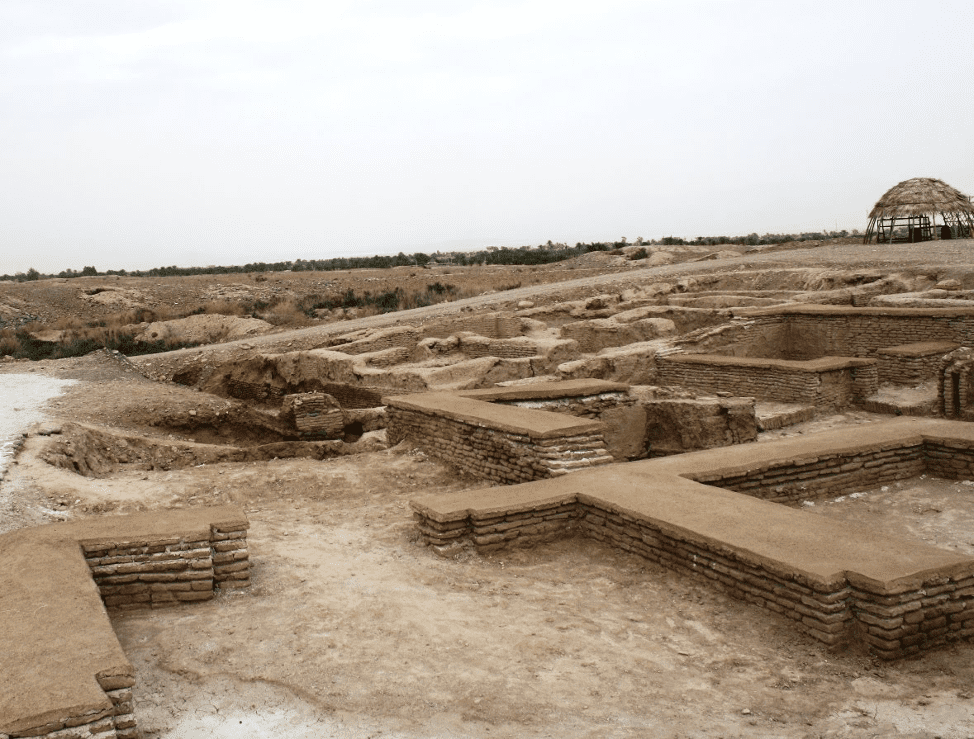Back in 2001, the global antiquities market began to flood with archeological objects that seemingly appeared out of nowhere. All sorts of ancient weapons, distinctive jewelry pieces, drinking vessels, well-crafted ceramics, and game boards featuring atypical artistry and admirable inlays of lapis lazuli and carnelian swamped the markets.

Iranian Tours | These remarkable art pieces contain an elaborate symbology of domesticated and wild animals in fights against humans, with the latter always victorious
The websites and auction houses that sold these peculiar pieces gave little to no data and what little information was provided about these objects was simply vague. At times, their inception was listed as “from Central Asia” and that was it. In the beginning, it was assumed that the pieces were a work of expert forgery but it wasn't long before more stuff started to appear, which raised suspicion within the scholars. Could there be an unknown site, still left undocumented, where all the objects were being derived from?
Finally, Some Answers…
In 2002, the Iranian police finally caught the culprits – an ongoing investigation led to the arrest of numerous traffickers from whom they managed to confiscate a stockpile of artifacts. These art pieces were being prepared to be shipped from Bandar ‘Abbas, Kerman, and Tehran to customers all over the globe. But still, the big question remained – where did these mysterious art pieces come from?
During that time, scholars weren’t aware of any digging sites in the locale, but all they had to do was look a little closer to discover a surprising yet simple elucidation. Investigators found out that majority of these pieces were tracked down to a spot in the Halil River in Iran.
Here’s What Happened…
At the beginning of 2001, a flood caused the banks of the Halil River to overflow, resulting in the erosion of surrounding lands. Surprisingly, this washed away many layers of dregs to reveal the remains of an ancient cemetery. As it happened, looters, as well as the locals were quick to figure out the importance of this tidal revelation and began to gather and sell the objects that emerged from the ruins.

Financial Tribune | This is centuries worth of data that the flood uncovered
The whole essence of the finding became clearer when archeologists made official surveys of the land and further discovered that this unreported culture dated way back about 5,000 years to the Bronze Age. Locals had raided hundreds of graves in the burial grounds, damaging the land and taking all the artifacts, but scholars were still set on studying what remained.

Getty Images | The mounds are said to hold cult buildings within them
In The End…
In an effort to protect what remained, a group of esteemed academicians from around the world coupled with some Iranian experts flocked to the site to excavate and gather as much as possible to learn about this undiscovered culture and its people. After many years of hard work, they termed it to be a ‘cradle of civilization’ now known as the Jiroft Civilization.




